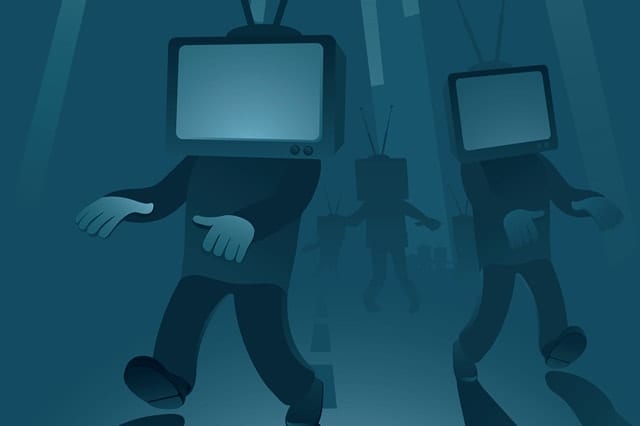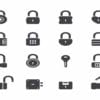No, this isn’t about the undead in the Walking Dead television series. Rather, a zombie in the computer world are malware-infested machines that can be remotely accessed and controlled by a hacker. A zombie computer is often part of a network which rogue hackers use to, for instance, spread spam emails and infect more computers. So, how can you determine that your computer is a zombie?
What with all bugs and security loopholes hackers discover on a regular basis, they are capable of infesting computers without getting exposed. So even if you feel your computer is fine and dandy, there’s still a chance that it might already be doing the errands of hackers.
Nevertheless, there may be indications of an infestation. One of the common signs is the drastic decrease in performance: programs launch slower than before, shutdown and boot-up times are longer, and the occasional freezes occur. Sudden, sporadic reboots may also happen, random error messages may pop up, and apps and your web browser may close for no apparent reason.
Do note that these symptoms could be signs of other problems as well, like incompatible drivers or your computer simply having seen better days and must be replaced already.
To get rid of the infestation, you can begin by scanning your system by using security software. For Windows platform, Microsoft provides the Malicious Software Removal Tool via its Windows Update. For the best effect, you can perform a system wipe and reinstall your operating system. Be sure to back up your files first, though.
To protect your computer in the future, be wary of suspicious-looking emails from unknown sources, especially ones that include file attachments and links to websites. A good sense of security can help you do Internet activities without compromising your computer. Prevention is also your best defense: make sure you have an anti-virus and a personal firewall installed, and that they’re up-to-date.


